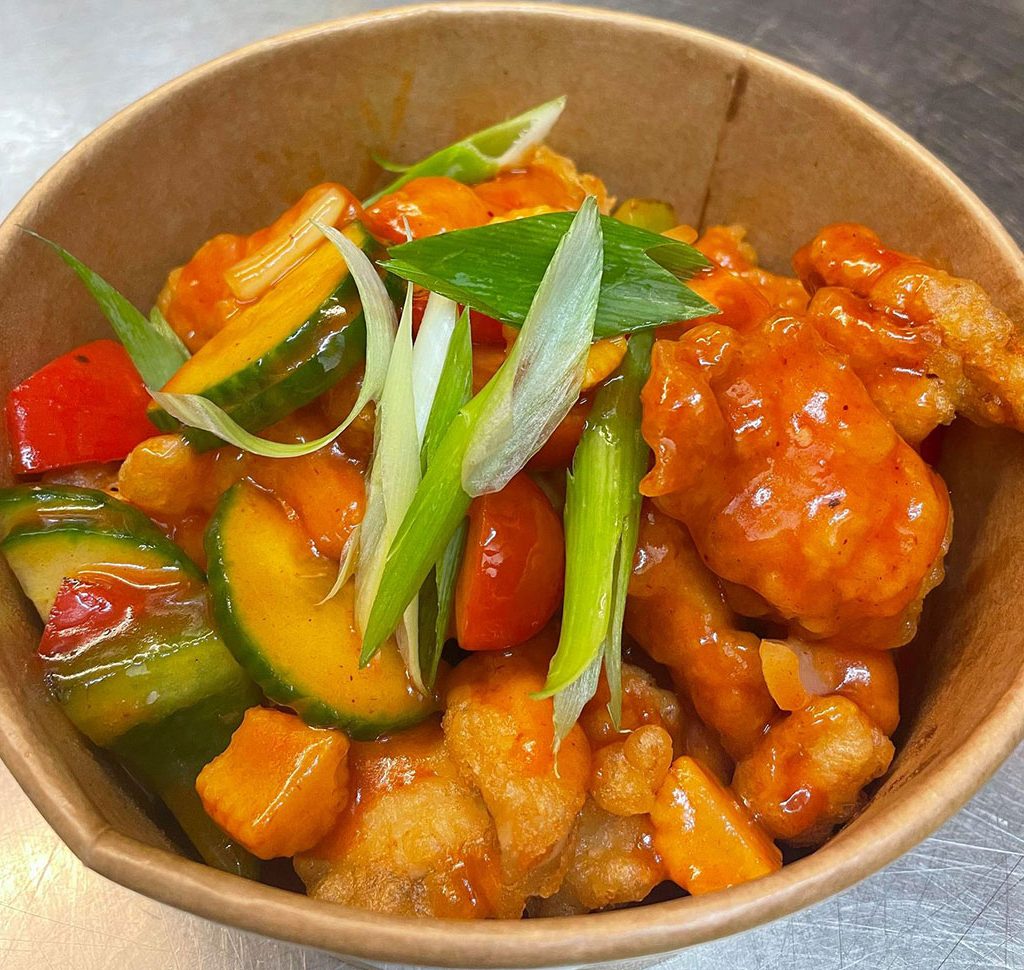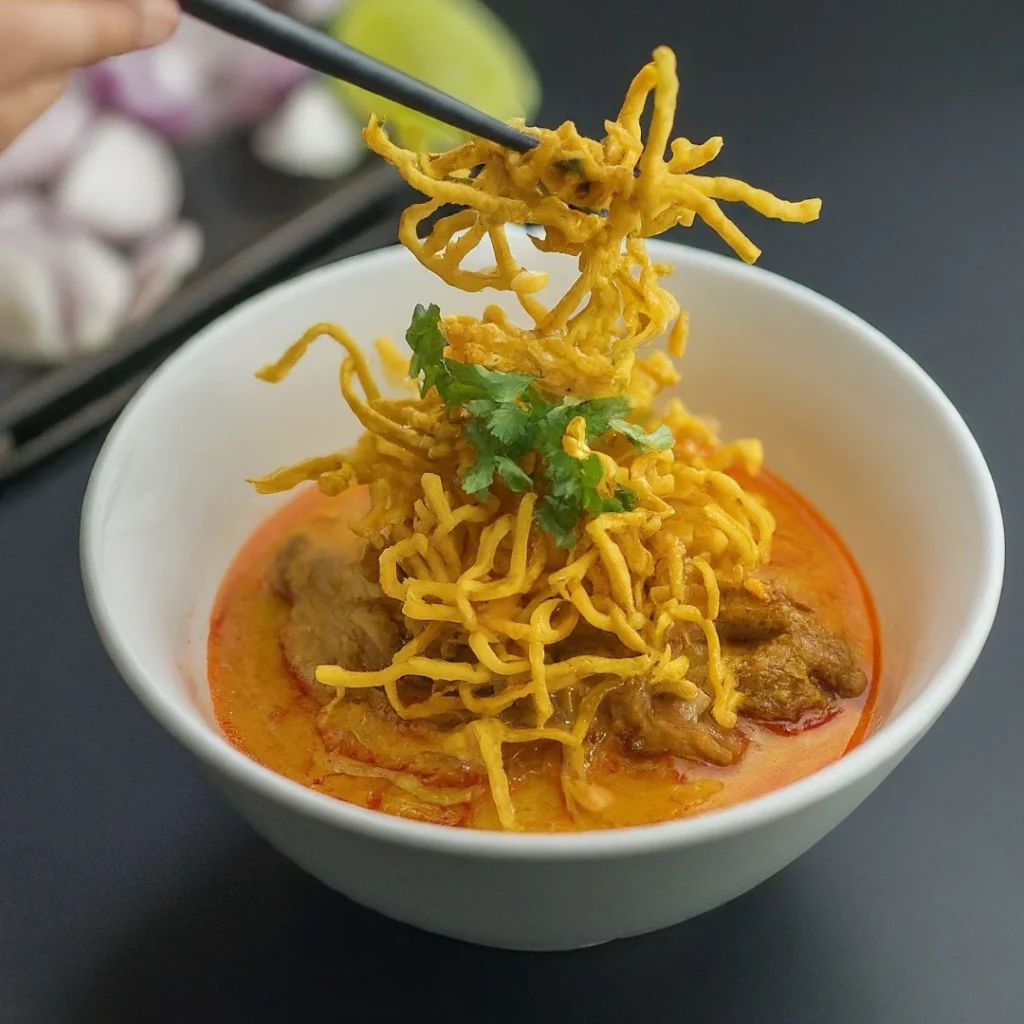Kyoto, Japan, once the capital of the country for over a millennium, is a city steeped in history and tradition. A journey through its streets is like stepping through a doorway to another era where historical tales intertwine with modern-day life.
The Birth of Kyoto
Founded in AD 794, Kyoto served as Japan’s imperial capital until 1868. The city’s layout was inspired by the Chang’an, the capital of Tang dynasty China, making it a prime example of early urban planning. It was initially known as Heian-Kyo, or the ‘capital of peace and tranquility.’
The ancient city’s architecture reflects its storied past. As you stroll through Kyoto, you’ll witness a blend of Shinto shrines and Buddhist temples, providing a fascinating insight into the city’s religious heritage.
The Golden Pavilion: Kinkaku-ji
No trip to Kyoto is complete without visiting Kinkaku-ji, the Golden Pavilion. Originally built as a retirement villa for shogun Ashikaga Yoshimitsu, this iconic temple is a stunning representation of Muromachi period architecture. Clad in brilliant gold leaf, it mirrors its image perfectly in the surrounding pond, capturing the essence of tranquility and aesthetic harmony.
Exploring the Zen Gardens
Known for its numerous Zen gardens, Kyoto offers visitors a chance to experience ‘Karesansui,’ or dry landscape gardening. The art of Japanese gardening has much to teach about Zen philosophy; the meticulous arrangement of stones is designed to facilitate meditation and reflection. Famous examples include the rock garden at Ryoan-ji, an enigmatic grouping of rocks that continuously fascinates scholars and tourists alike.
Traditional Kyoto Cuisine: A Culinary Timeline
Delve into the culinary traditions of Kyoto, where each dish tells a story of the region’s history. Kyoto’s cuisine, known as ‘Kyo-ryori,’ is characterized by simple preparations that highlight seasonal ingredients. Must-try dishes include:
- Kaiseki: The pinnacle of Japanese haute cuisine.
- Yudofu: Boiled tofu, simple yet flavorful, epitomizing Kyoto’s simplicity.
- Kyoto sweets: Such as Yatsuhashi, reflecting the city’s penchant for delicate flavors.
The Resplendent Geisha Culture
In the Gion district, you might encounter the elegant geiko (geisha) and maiko (apprentice geisha). These cultural icons, with their intricate kimonos and traditional performances, embody the grace and artistry that Kyoto is celebrated for. The art of the geisha, including their music, dance, and conversation, is a living tradition that survives proudly into the 21st century.
Postcard-Perfect Landscapes: Arashiyama and Beyond
Just outside of central Kyoto, Arashiyama offers breathtaking natural landscapes. Its bamboo grove is one of the city’s most photographed sites, believed to exude a sense of otherworldly calm. Meanwhile, nearby temples and the picturesque Togetsukyo Bridge contribute to the area’s timeless charm.
If hiking is your passion, a visit to Fushimi Inari-taisha should be next on your list. Known for its thousands of vermilion torii gates, this shrine is a testament to the spiritual allure of Kyoto’s mountainous landscapes.
Kyoto’s Festival Scene
Kyoto local festivals, such as the Gion Matsuri, highlight the city’s cultural vibrancy. This month-long event in July is a spectacular showcase of ancient traditions, celebrated with floats, parades, and community gatherings that emphasize the enduring spirit of Kyoto.
Preserving History in a Modern World
Despite rapid modernization, Kyoto has managed to retain its historical integrity. Preservation efforts have ensured that buildings and traditions stand the test of time, providing a rich tapestry of history for future generations to explore.
While the neon lights and technological marvels of Tokyo present a different facet of Japan, Kyoto captures the essence of a nation’s storied past and present. It is a place where history is cherished and celebrated every day.
For travelers seeking a deeper understanding of Japanese culture, Kyoto offers an unparalleled journey through time. This city invites you to not only witness history but to immerse yourself in it, savor its tastes, and admire its timeless beauty.
Conclusion
Kyoto’s enduring allure lies in its ability to encapsulate the essence of Japan’s history within its serene landscapes, delicately crafted architecture, and deep-rooted traditions. As you wander its ancient streets, you’ll uncover layers of history that reveal the unique narrative of Kyoto, the heart of Japan.



